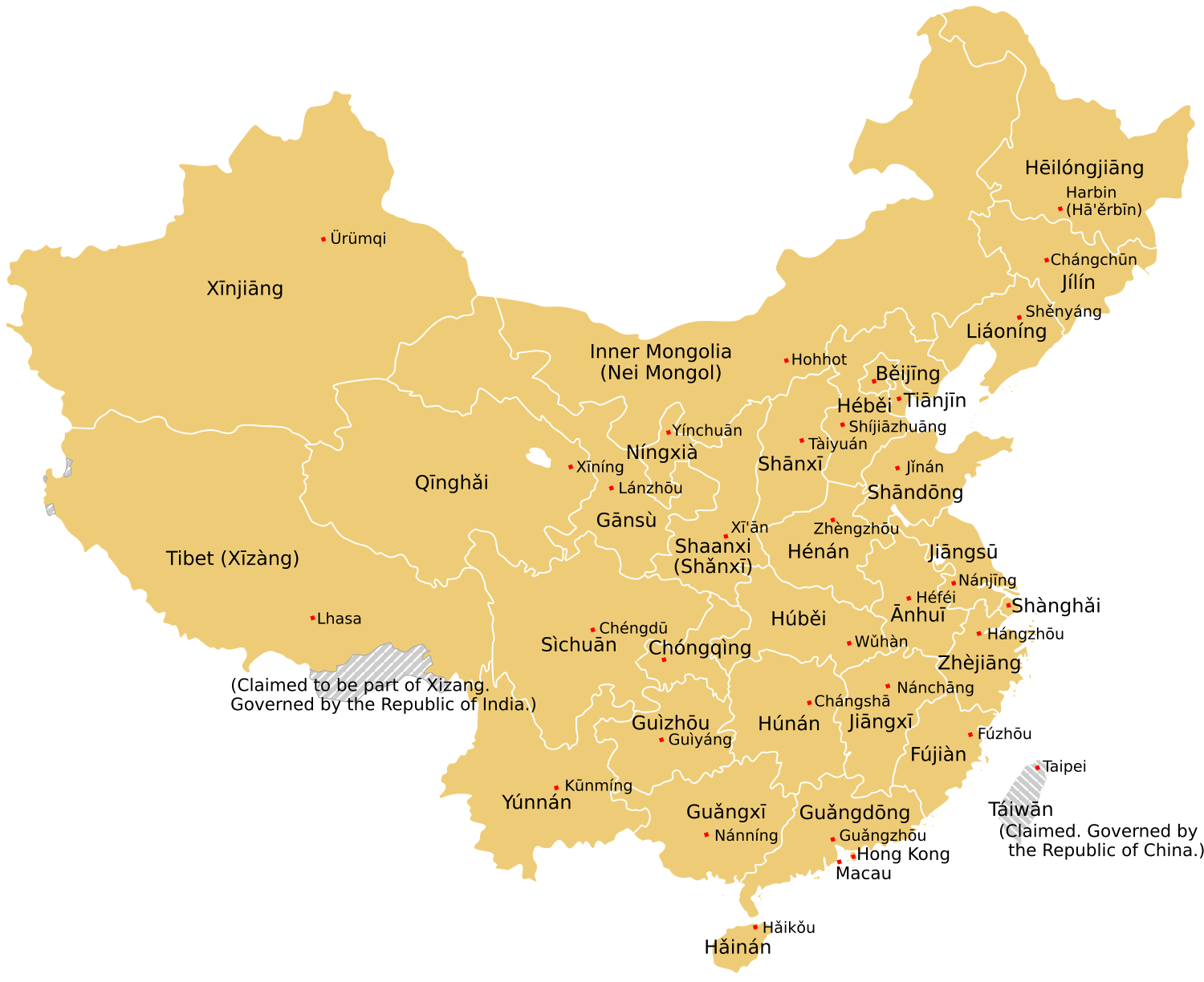Geography, history and culture collide to shape China’s complex provincial nomenclature. Let’s explore the stories behind these evocative place names.
Mountain Ranges Define Boundaries
Mountains have literally delineated provinces for centuries. Shanxi Province lies west of the Taihang Mountains, earning its name “西山shān xī” - west of the mountains. Similarly, neighboring Shandong Province sits east of Taihang, named “东山 shān dōng”. Even today, this single mountain range divides two provinces.

Canyons Inspire Regional Identity
Shaanxi Province draws its name from the natural features defining its borders. The province’s western region contains canyons and gorges such as the HanGu Pass. Originally part of a place called “Shanzhou” due to these landmarks, it became known as “shǎn xī” - west of the canyons and gorges. Local geography imbued this area with a strong sense of place.
Dynastic Influences Shape Administrative Labels
As China’s political contours evolved, so too did provincial nomenclature. During the Ming and Qing dynasties, Henan Province encompassed a region called “Shanzhou” prized for its mountain passes. When this territory was ceded to form Shaanxi Province, its canyon-defined character took root in the new name “Shaanxi”. Political boundaries molded names to suit administrative reality.
Language and Etymology Unite Regions
Mandarin Chinese primarily denotes places by their sounds, connecting locales through shared etymological roots. Guangdong Province means “east of Guangzhou”, named after its capital. Fujian Province refers to “pacified land”, reflecting its historical status. Linguistic influences tie locations’ titles to their cultural identities and relationships with neighboring states.
Geography Shapes Modern Nomenclature
Even as political borders shift over millennia, telltale geographical features sustain profound name associations. Mountain chains, river valleys and coastlines persist as immutable symbols that lend stability and meaning. China’s variegated provincial nomenclature endures as a living historical record, where culture and topography intersect upon the landscape.

 Essential Travel Tips For Your Next Trip
Essential Travel Tips For Your Next Trip